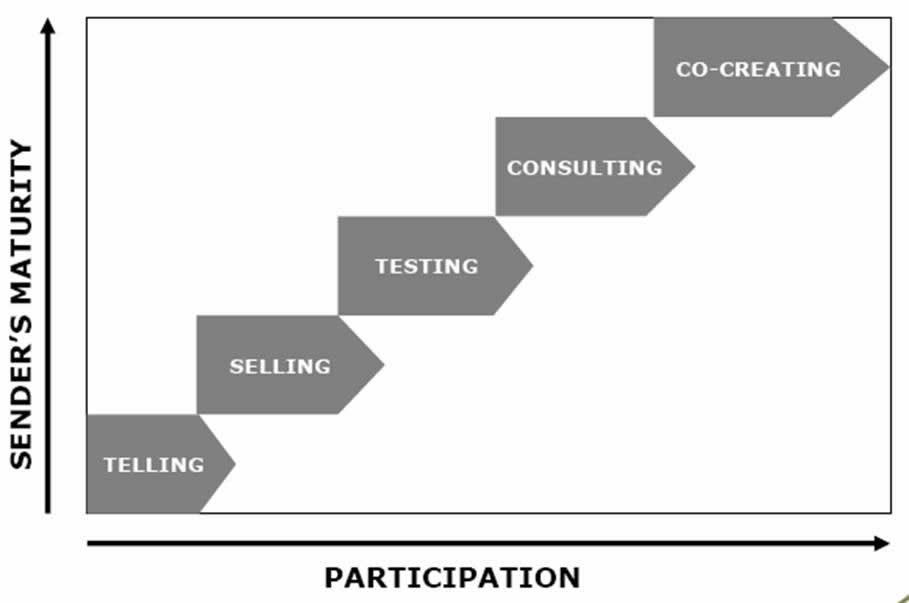This is one of those articles which is as much meant for myself as it could be helpful to you – dear reader. I presume about every language of the world has a saying that means ‘speech is silver, silence is golden’.
More often than not I have experienced this saying to be true when it is too late. In my consulting work as well as in my private life I have an array of experiences ranging from small misunderstandings to damaging communication bloopers. So this nudge is to myself in the first place.
I always claim that the value of ‘communication’ is best measured through the extent that one contributes to creating something in ‘common’. In that sense, a large part of the information that we exchange is non-communication. Sometimes we’d be better off if we said something else instead, but most of the times we’d be better off if we said nothing at all.
Panic
There is an awesome exercise that I run during the Communication Cockpit training. It is called ‘Rattle Snake’. All participants gather in a circle, each holding an object that they needed to pick. When I announce the assignment – “You have 60 seconds to sell this object to your neighbor, and we will do this one by one so the rest of the participants can feedback and coach” – all their faces turn pale.
You can almost literally feel the heartbeat going up as the eyeballs are grasping the ceiling and silence settles in. I explicitly ask them to resist the temptation to prepare a catchphrase or to engineer a script. Unfortunately, by the time I speak this sentence, panic drives their troubled minds. Then the exercise starts and each participant gets 60 seconds to sell their object.
Here is what typically happens: the first participants don’t even face their counterparts, instead they describe the object as if they are reading an advertisement out loud and after about 30 or 40 seconds they turn to me (as timekeeper) with a sheepish face that screams ‘please release me’.
Rattling Learning
After some tries and sharing of observations the following learning points come to the surface:
- Preparing a script or a catchphrase is a trap: it gives you a false sense of security. It is actually driven by the fear of not knowing and the fear of silence. So we end up blabling into the space and our counterparts are silently wondering ‘what about me?’.
- Set the context first, then open the conversation: After 3 to 4 participants, people understand that they will need to ask questions in order to find out if what they are selling suits the needs of their customer. However, without setting the context upfront (‘Hello, my name is Luc and I sell pens like this one’) some eager sellers engage into an suspicious investigation which leaves their counterpart puzzled.
- Dangerous questions: the best conversations occur at the end of the rattle snake when the group has learned from the previous sales talks. That is when we start to engage in a conversation and ask questions without a guaranteed successful answer. The best sellers even take the risk of handing over the lead of the conversation to their counterpart. The search to find out ‘what is in it for me’, then becomes the co-creation of a common purpose.
- ‘Shut up!’: Let silence do its part of the work. Suppress the need to fill silences. Leave the customer time to absorb what you are communicating and to come up with his/her version of what your product or service means to him/her.

What we experience in this rattle snake exercise summarized in the drawing above (based on Peter Senge’s Fifth Discipline Fieldbook). In case you would wonder: the exercise is called rattle snake because of the rattling observations of the participants as we go along.
At the end of the exercise, the group has learned from their own observations. Finally, as a trainer, the probability of success in this exercise is closely correlated to my own ability to back off and shut up!


